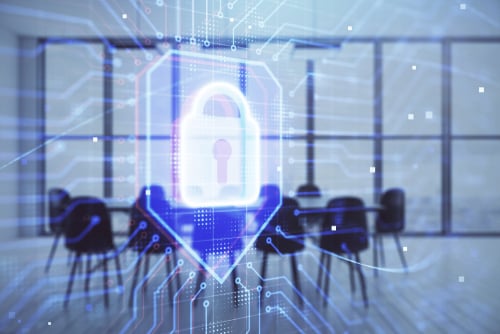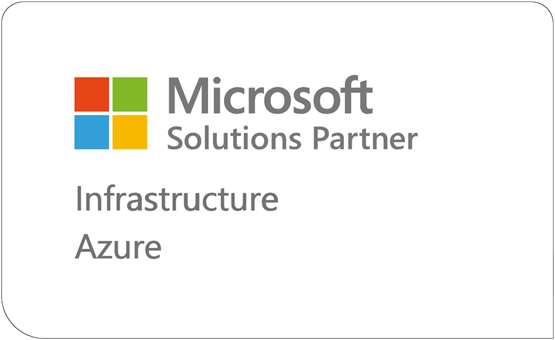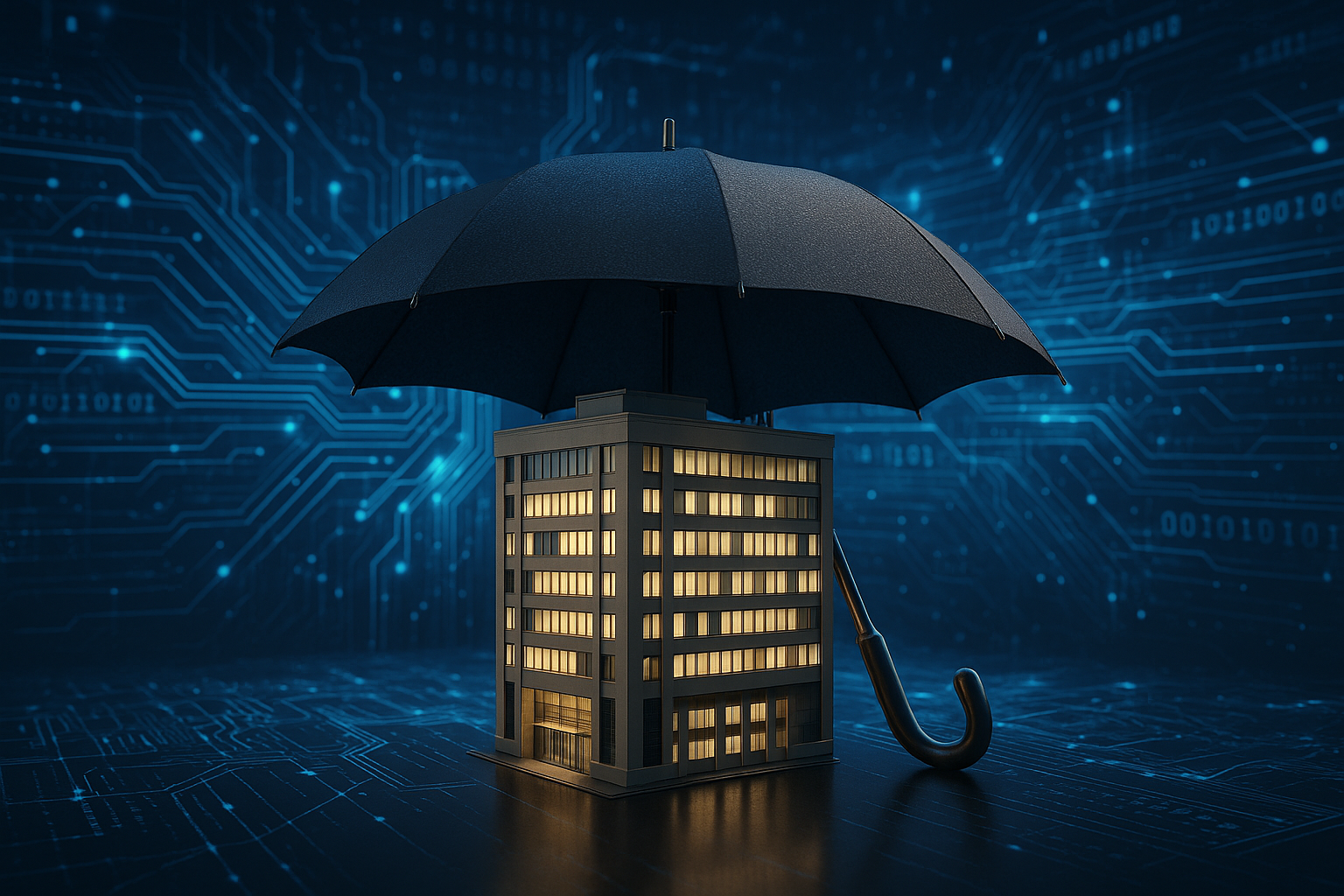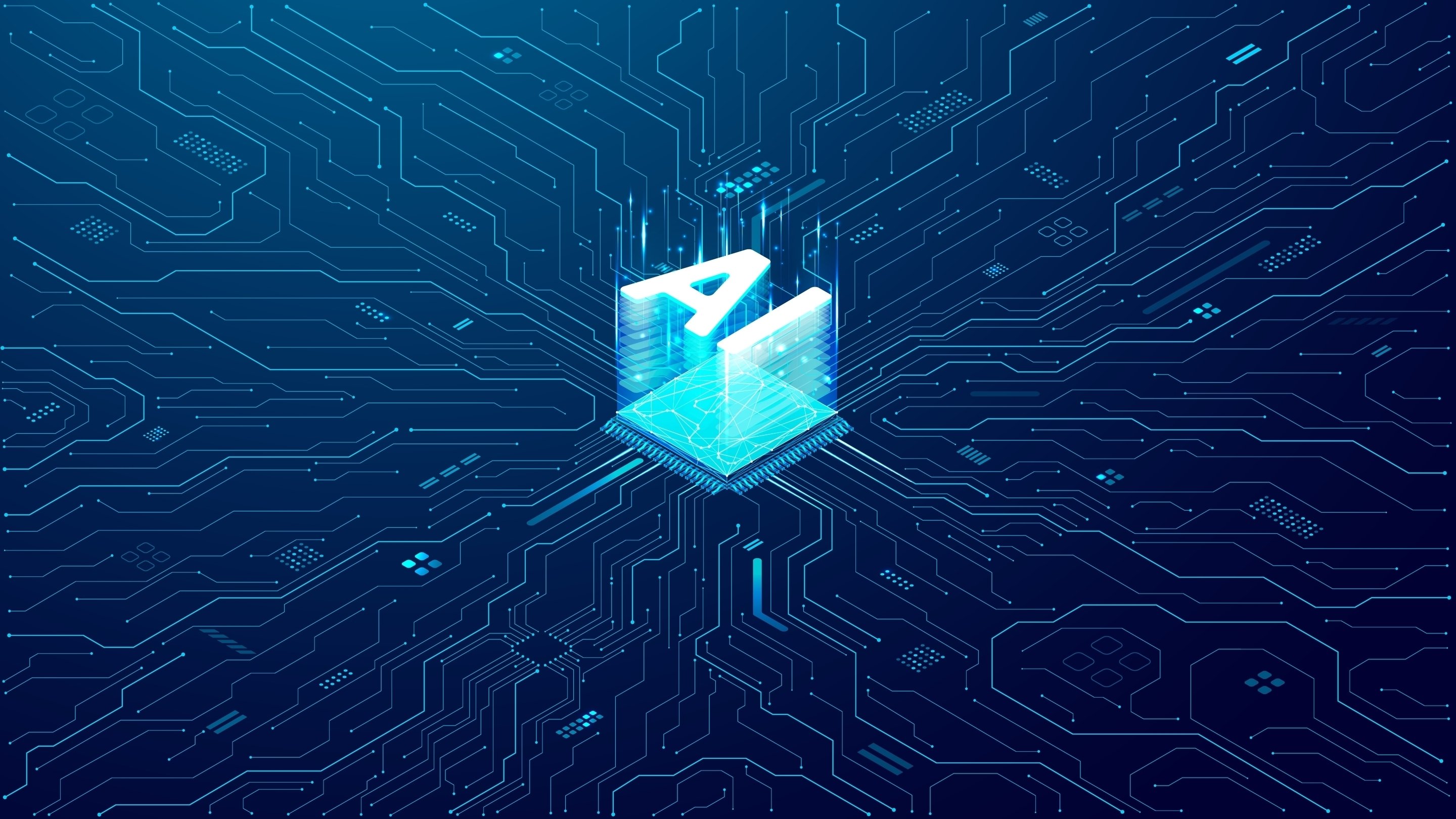The company's 110/110 assessment score confirms the maturity, rigor, and real-world readiness of its program to meet DoD standards and protect sensitive information.
Systems Engineering Earns CMMC Level 2 Certification with Perfect Score, Demonstrating Operational Cybersecurity Excellence
While CMMC compliance can feel complex, with the right guidance, it is entirely achievable. Every CMMC requirement is designed to safeguard Federal Contract Information (FCI) and Controlled Unclassified Information (CUI). For organizations pursuing CMMC Level 2 assessments, it means having clear, documented evidence that security controls are in place and function effectively.
In nearly every industry, cybersecurity has become a standing topic on the board of directors’ agenda, and credit unions are no exception. According to the NCUA’s 2025 Supervisory Priorities, credit unions and their third-party vendors are facing more frequent and sophisticated cyberattacks than ever.
As credit unions increasingly rely on digital infrastructure to serve their members, risk exposure is growing. Today, cybersecurity is no longer just an IT concern—it’s a strategic risk management issue, and a board-level responsibility. Boards are expected to play an active role in safeguarding sensitive information and overseeing the institution’s cyber posture.
Systems Engineering Earns Microsoft Azure Infrastructure Designation — Powering the Next Generation of Cloud Innovation
Systems Engineering is proud to announce that we have been recognized as a Microsoft Solutions Partner for Azure Infrastructure. This elite designation underscores our technical excellence, client success, and deep commitment to modernizing and securing IT environments in the cloud.
Business Transformation, Announcements, IT Solutions & Support
Cyber Insurance in 2025: What Organizations Need to Know About the New Rules of Coverage
Cyber insurance has become a critical safeguard for organizations of all sizes—but understanding and securing the right policy is more complicated than ever.
During periods of economic uncertainty, organizations are often tasked with reducing costs. Yet cutting too deeply or in the wrong areas can compromise long-term goals, security posture, and operational productivity. The challenge lies in striking a balance: knowing where to economize, where to invest, and how to ensure strategic alignment across the business.
As a Managed Services Provider and Microsoft AI Partner, Systems Engineering began its Microsoft Copilot journey over a year ago. Since then, we've gained firsthand experience using AI to streamline work, enhance productivity, and strengthen governance. This blog shares our path—what we tested, what's worked, and what comes next.


.jpg)









